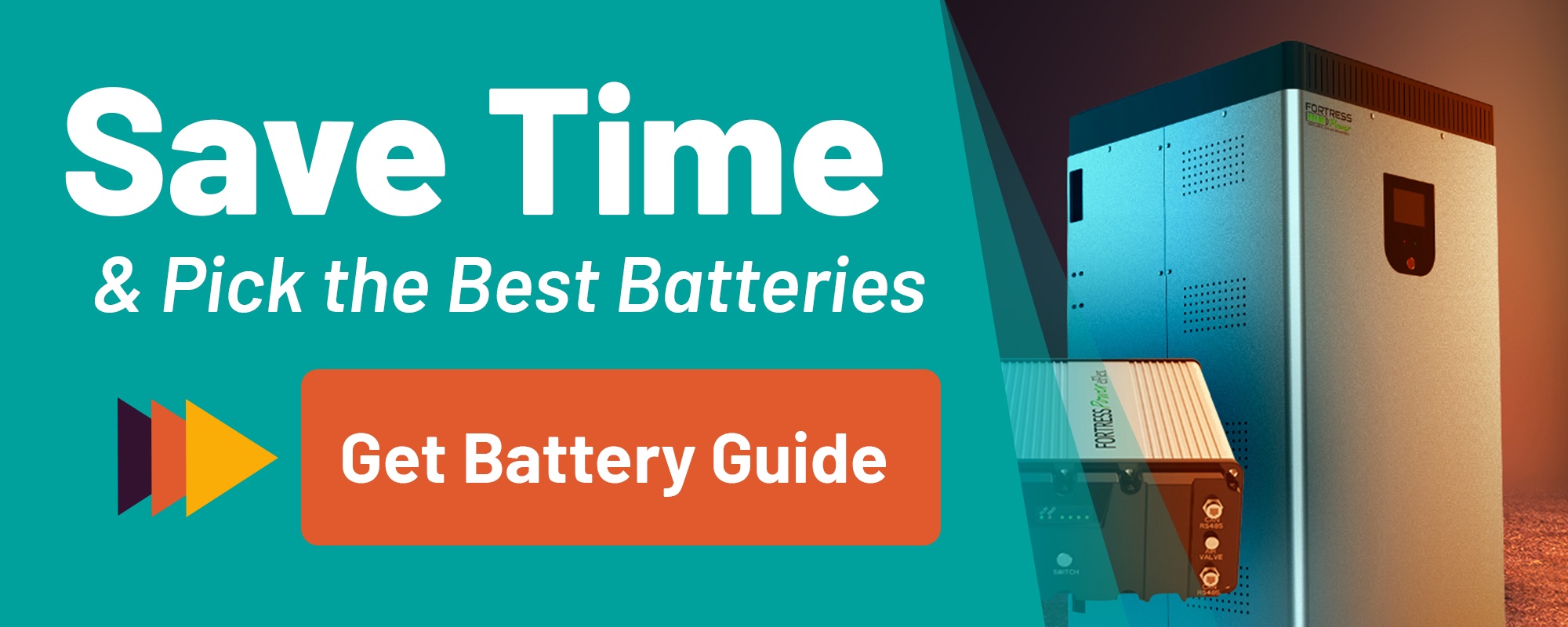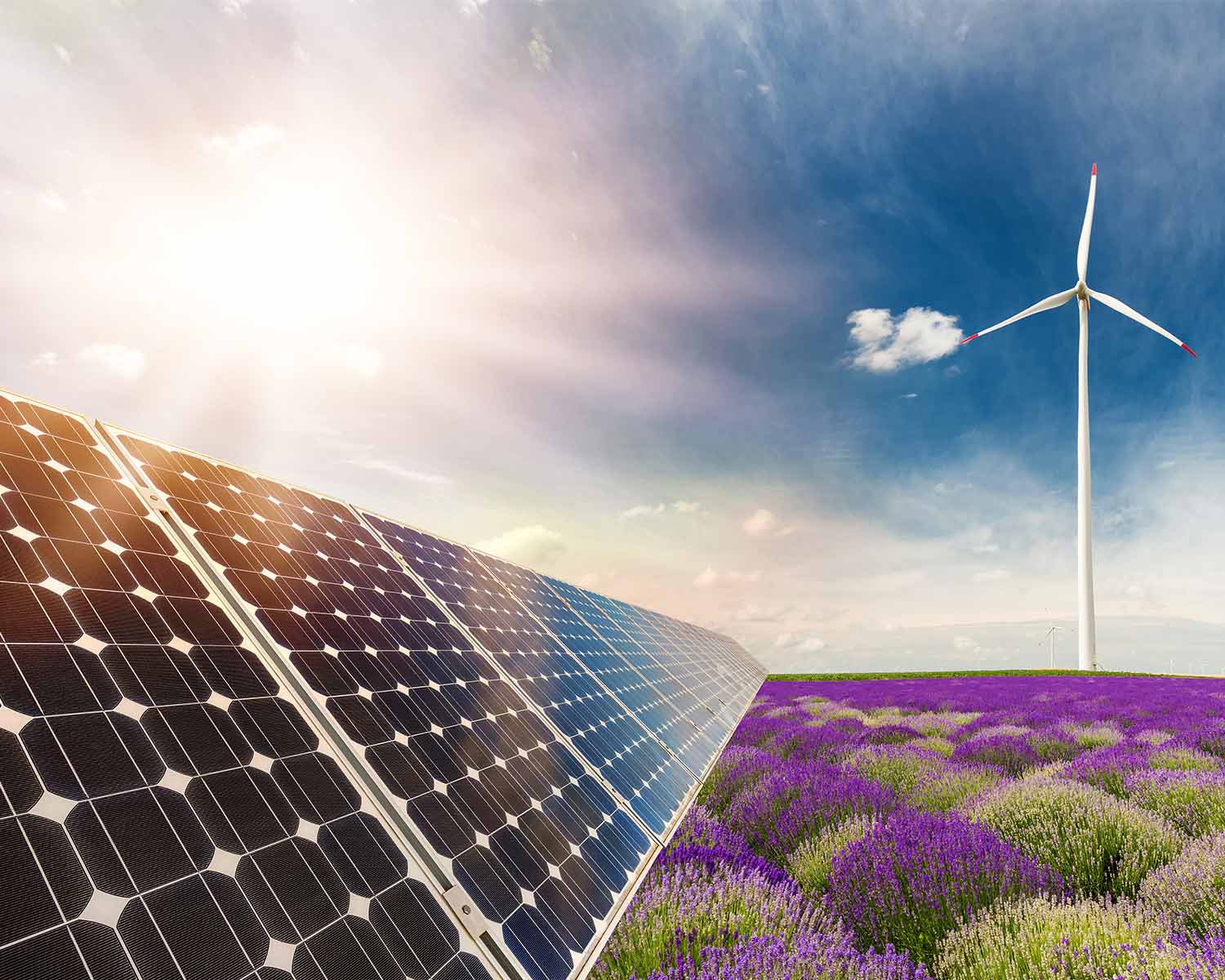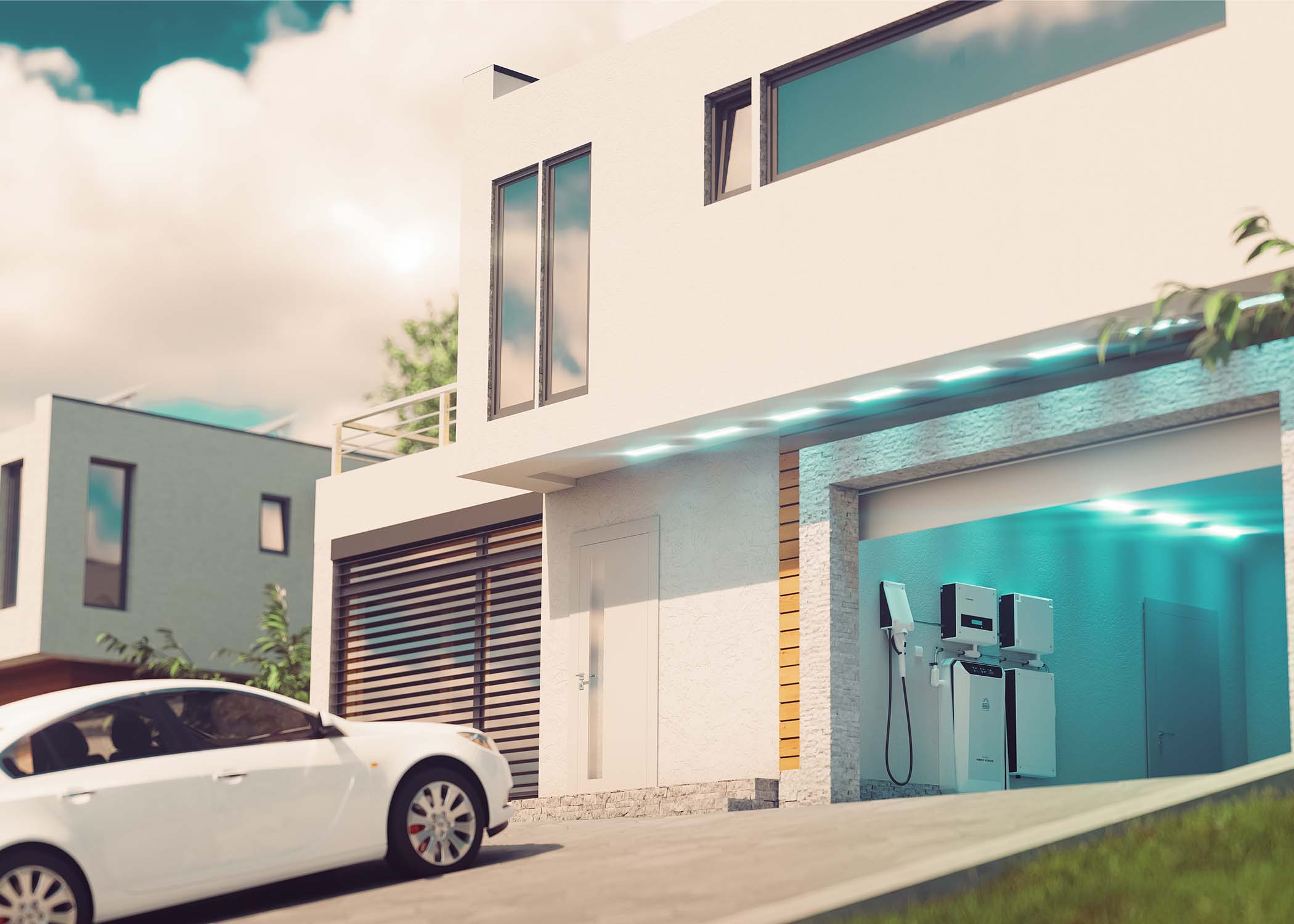Being a farmer or rancher, you know firsthand that your work requires a significant amount of energy to keep operations running.
You’re also closely connected to the land, and your livelihood depends on the environment’s health.
As such, you’re the first to recognize the effects of increasing temperatures, leading many farm and ranch owners to embrace the idea of using alternative energy to power operations.
If you’re among them, you may wonder if it’s worth your while to invest in a solar panel system with battery storage.
In making your decision, it’s helpful to know how storage works with solar, what costs and savings are associated with installation, and how you benefit from having it.
Let’s dive in.
How Battery Storage Works
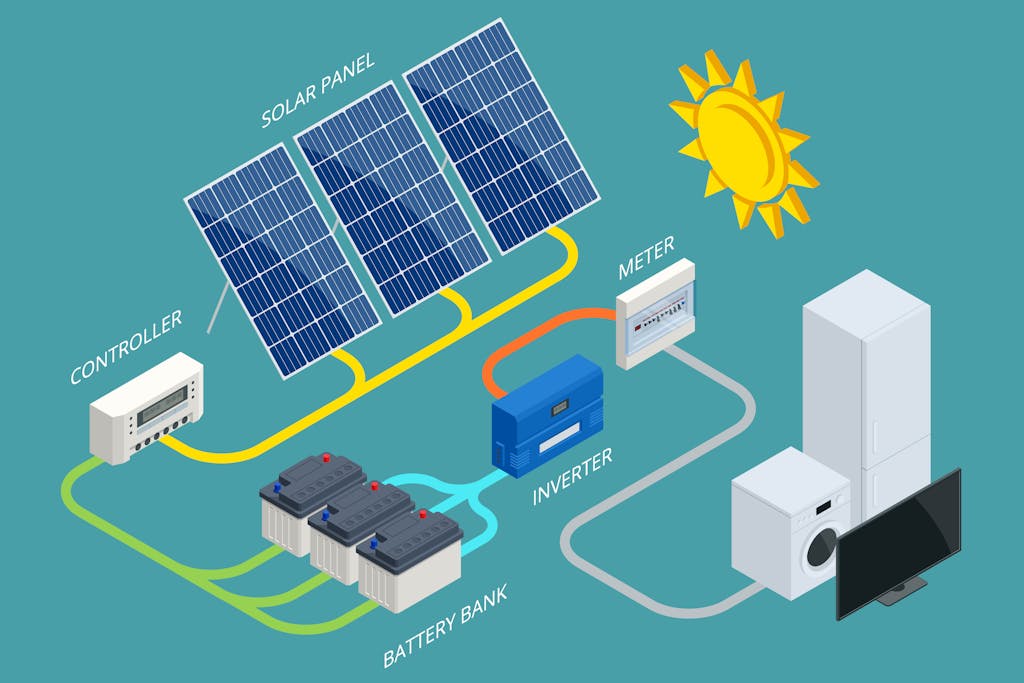
First, we’ll look at how these systems work.
You can readily pair batteries with a solar panel system.
Energy storage provides you a higher degree of energy independence, as long as your panels produce enough energy — and your batteries store enough of it — to meet your energy needs.
With an adequate battery storage system, you can potentially function off-grid (though you will most likely still be connected to the grid) or at least significantly reduce your reliance on the utility company for your power.
Grid-Tied vs. Off-Grid Systems
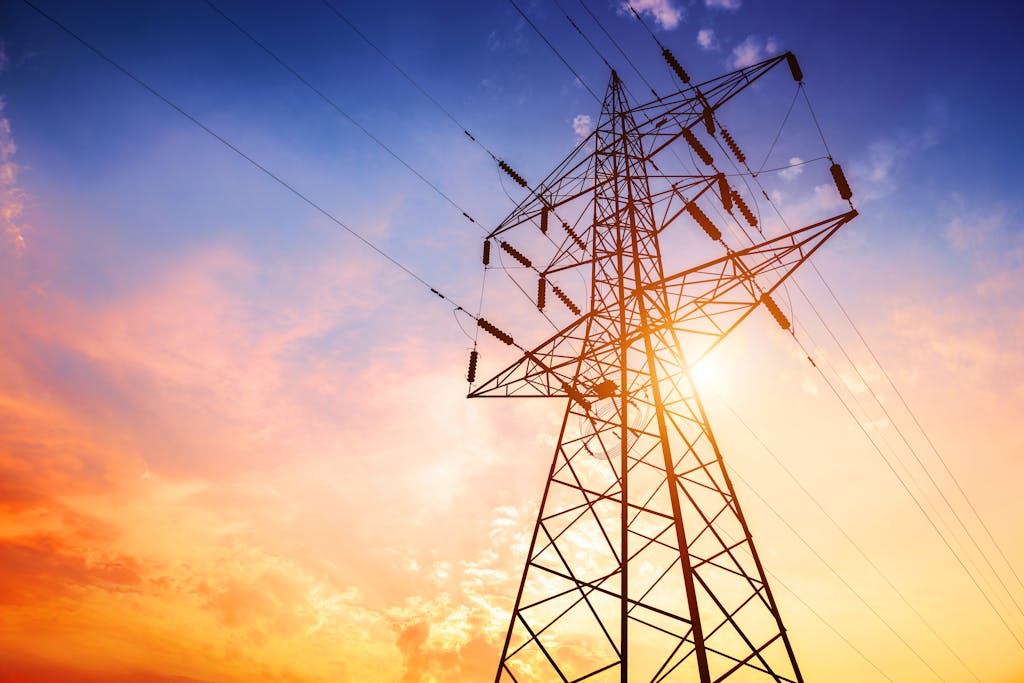
When most people install solar panels, they install systems that are tied to the local electric grid.
When the sun is shining, the panels convert the sun’s energy into electricity.
This electricity is available to you the moment it’s produced.
If you’re generating excess electricity, the utility company utilizes the energy for other customers.
When the sun isn’t shining, or you need more energy than your panels produce, you pull electricity from the grid.
Typically, the utility company keeps track of what you feed into the grid and, in return, gives you credits for that electricity.
This is called net metering.
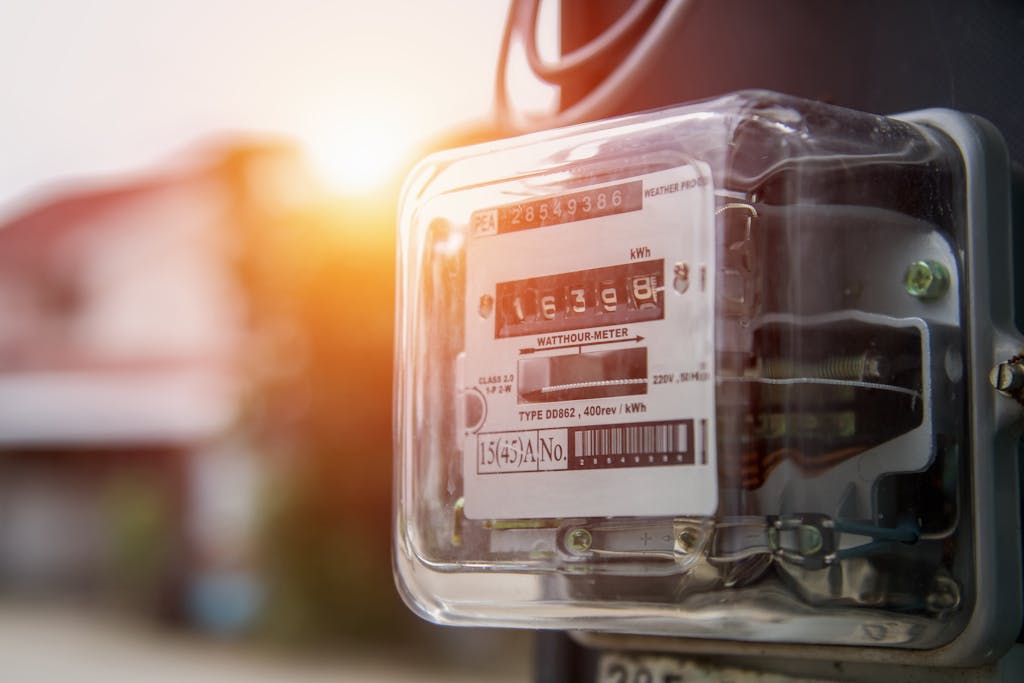
In 38 states and the District of Columbia, net metering is required by law.
Meanwhile, nine other states’ regulatory structures oblige utility companies to offer net metering or volunteer.
Now, we should clarify.
Only off-grid solar systems require battery storage.
These battery banks store excess energy generated by the solar panels so that they’re available to you later.
Note: Batteries aren’t 100% efficient.
Their energy output is less than the energy needed to charge the battery.
Batteries with at least an 80% efficiency rating are best suited for solar energy systems.
Lead-acid batteries are used most often, but lithium-ion batteries are gaining traction due to their benefits.
Lead-Acid vs. Lithium-Ion Batteries
Lead-acid batteries come in two forms: 1) flooded and 2) sealed.
The flooded type has some important characteristics. They are:
- The most affordable
- Able to handle daily cycling
- 99% recyclable
But flooded batteries have some drawbacks. They:
- Require regular maintenance (generally every 1 – 3 months)
- Need ventilation due to off-gassing
- Mut be kept upright

Now, sealed lead-acid batteries have advantages over flooded lead-acid batteries. They are:
- Maintenance-free
- Immune to temperature changes
- Spill-proof, giving you more options for storage configurations
- Deep discharging for more efficient storage
- Longer lasting
On the other hand, lithium-ion batteries are more expensive.
But while lead-acid batteries are an economical choice in the short term, lithium-ion batteries offer long-term advantages that could save you time and money.
What Factors Affect Battery Storage Installation Costs?

As with any business decision, cost is an important factor.
When you work in the agriculture industry, you need to weigh cost factors for installation with the financial risks you encounter every year.
Though the long-term savings stand to be significant, what will it cost you now to implement an energy storage system on your farm or ranch?
The amount you pay in the end depends on several factors, including savings (we’ll cover these in detail below) from:
Battery Type
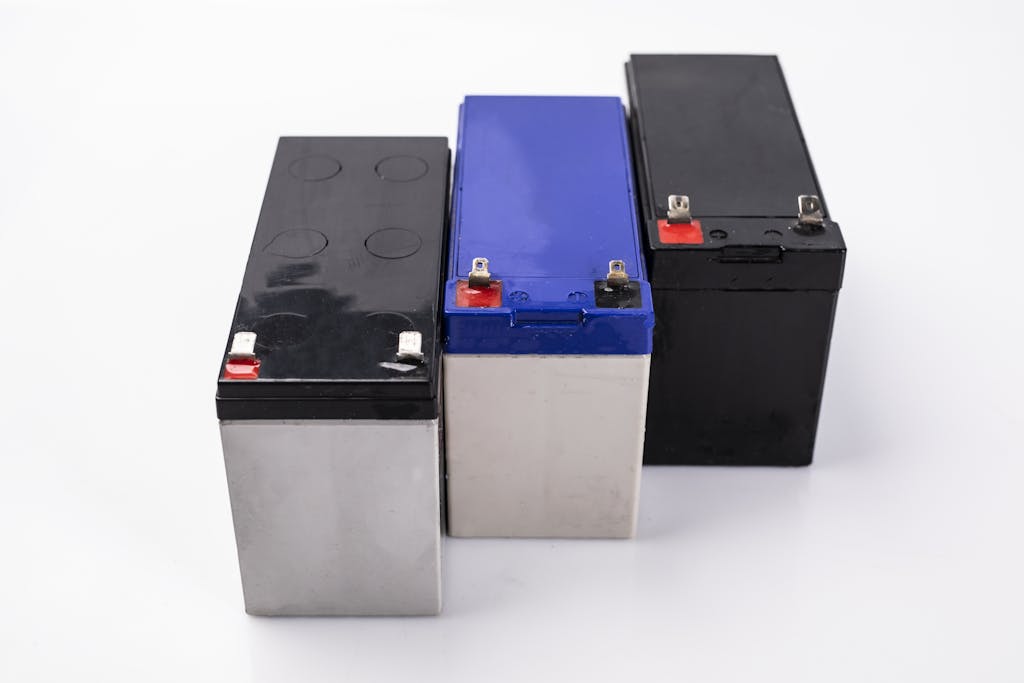
The type of battery you choose is important.
It impacts the cost of setting up a battery storage system.
On the surface, the least expensive out-of-pocket option is the flooded lead-acid battery, while the priciest is lithium-ion.
But there are 3 important factors impacting battery cost:
- Lithium-ion batteries have a deep discharge, and they cycle more quickly, which means you may need fewer batteries than if you use lead-acid batteries.
- If you don’t charge lead-acid batteries daily, they can end up damaged, requiring you to purchase new batteries sooner rather than later.
- If you plan to expand your system in the future, then lithium-ion is the way to go. They each operate independently of one another, unlike lead-acid batteries. With the latter, expanding your system may not be possible without purchasing a new battery storage system.
The Amount of Battery Storage Needed
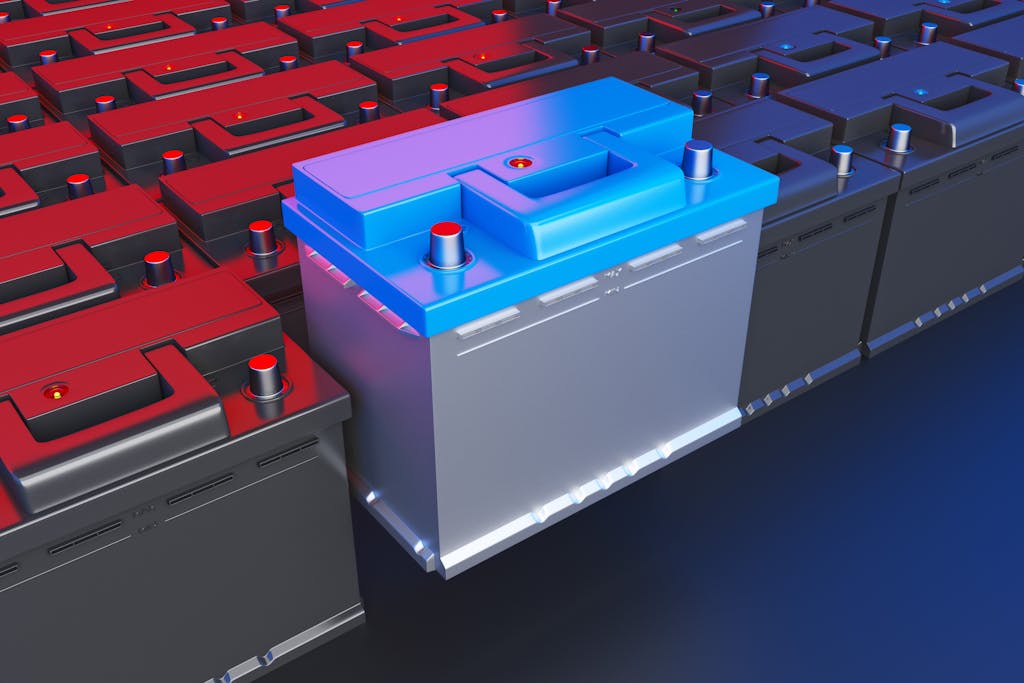
To calculate how much storage you need, here are 2 questions for you:
- How much electricity do you use?
- How much of that electricity do you want to be able to generate without reverting to the grid?
Your answers determine how much storage capacity you need from your batteries.
The capacity you require and the type of battery you pick dictates how many batteries you’ll need.
It’s also critical to ensure you have a well-designed system capable of handling the solar panel inputs.
If your system isn’t configured properly, you could damage your batteries . . . something to be avoided at all costs.
The Number of Additional Components Needed

Another cost factor is any additional components you need to complete your battery storage system.
The two most frequent add-ons are:
- Battery enclosures
- Battery monitoring units
If you want to power your farm or ranch operation, you probably need a larger system, requiring at least one enclosure to house your batteries.
The monitoring units allow you to stay on top of battery efficiency and quickly identify any issues.
The Cost of Installation
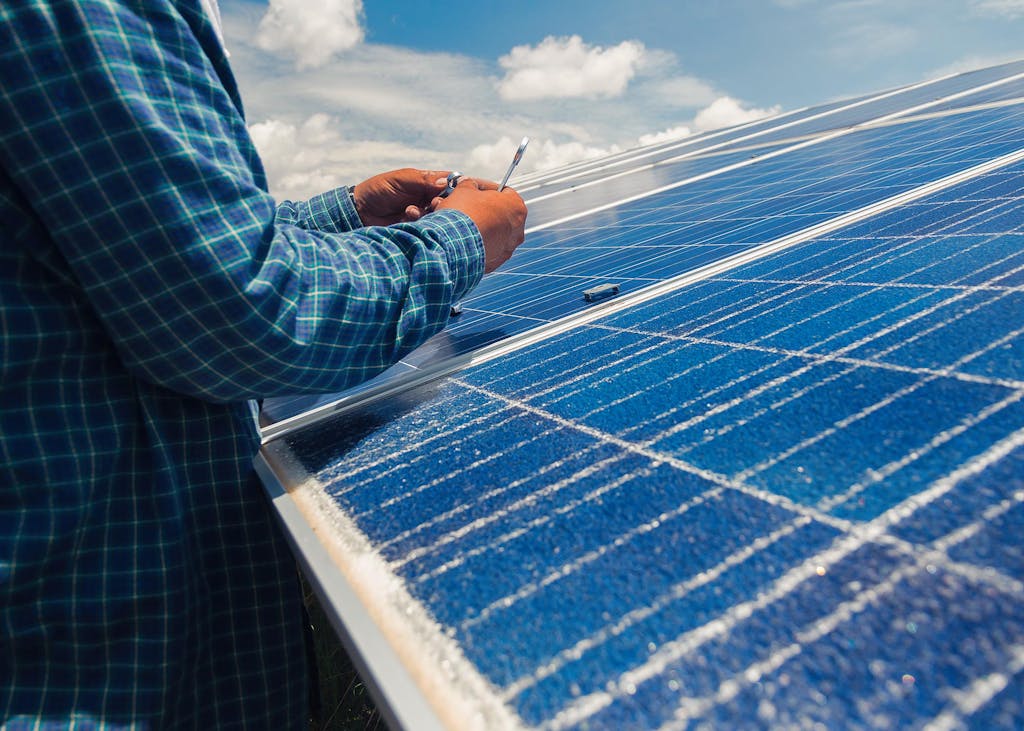
Unless you intend to install your battery storage system yourself, you need to consider the cost of a professional installation.
If you’re starting from scratch and putting in your solar panels at the same time as your storage, you’ll save a little in overall installation costs since permits for both can be handled at the same time.
Additionally, the electrical work required is simpler when done simultaneously.
Available Grants and Rebates

So far, we’ve discussed all of the potential factors that add to energy storage costs, but there are ways to reduce the price tag for a system and battery storage.
Two federal programs are available for farmers and ranchers interested in improving their energy efficiency.
Additionally, some states — notably California — and some utility companies offer their own incentives.
Rural Energy for America Program
- REAP is a grant program designed to assist rural Americans in increasing their energy efficiency, but agricultural producers in non-rural areas are also eligible.
- The program offers assistance in the form of grants and loan guarantees.
- Grants cover up to 25% of the project costs and loan guarantees are available for up to 75% of eligible costs.
- Grants and loan guarantees can be combined to cover up to 75% of the total eligible costs.
- Farmers and ranchers can utilize the funding to intall renewable energy systems, including solar and battery storage systems.
Federal Investment Tax Credit

- Not only does the federal government offer a 26% tax incentive for installing a solar panel system, but it also gives you a tax break for energy storage.
- How much of a break depends on what percentage of the batteries’ charge comes from from your solar panels.
- If the panels are responsible for less than 75% of the charge, then the ITC is not available, but you’d still be eligible for the seven-year Modified Acceleration Cost Recovery System (MACRS) benefit.
- This provides you with a reduction in capital costs of around 20%.
- When solar panels provide between 75% and 99% of the charge to your battery storage units, then you receive the five-year MACRS benefit as well as a portion of the ITC.
- If your batteries are charged using solar alone, then you get the five-year MACRS plus the 26% tax credit.
- Note: The 26% credit is only good through 2022. After that, the rate drops to 10%.
California’s Self-Generation Incentive Program

- If you operate a farm or ranch in California, you’re in luck. The state has the oldest state-wide sponsored incentive program, which began in 2001.
- The SGIP program offers a rebate for installing energy efficiency technologies in homes or businesses.
- The SGIP includes energy storage in systems eligible for rebates.
Individual State Incentives
- Several states offer incentive programs for solar systems that include battery storage, and Maryland, Massachusetts, and New York offer a cash rebate for storage systems.
- Maryland’s program expires at the end of 2022.
- Be sure to check your state to see what incentives are offered.
Utility-Level Incentives
- In addition to state-wide programs, individual utility companies are also beginning to offer incentives to encourage businesses to install solar plus storage.
- Currently, the two biggest programs are in the Northeast and offered by Green Mountain Power and the ConnectedSolutions Program.
With the growing interest in reducing the world’s reliance on fossil fuels, more incentives and rebates will likely become available in the future.
It’s always a good idea to check out additional savings programs while researching solar power and battery storage.
How You Benefit from Battery Storage
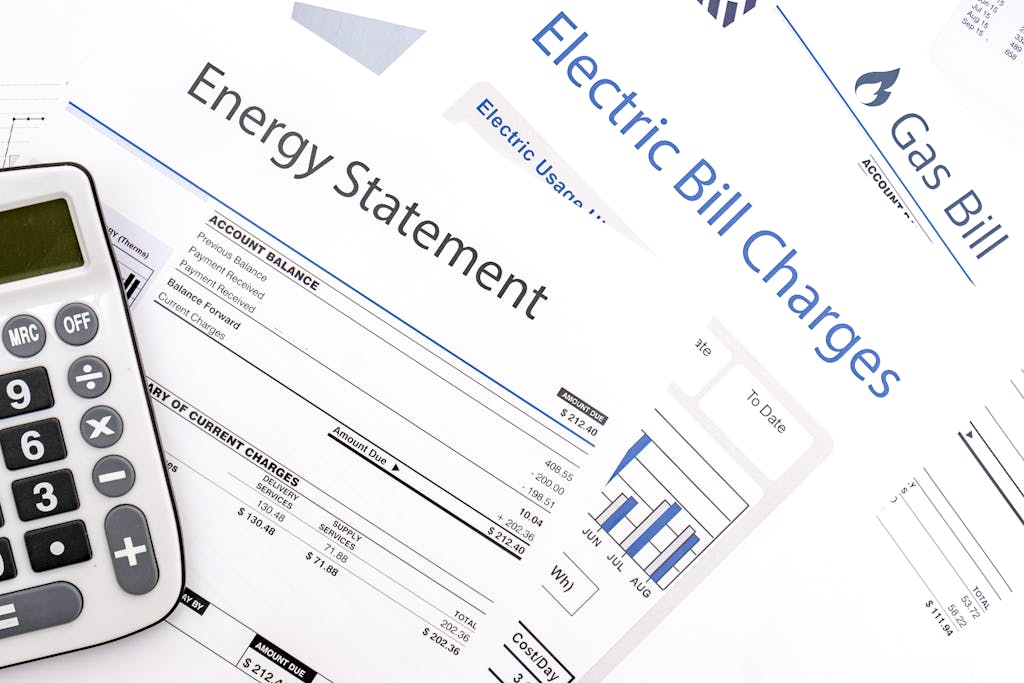
Pairing energy storage with solar panels is great for the environment, which is also good for you.
Storage capability offers other benefits as well:
- Load Balance
- Since the sun doesn’t always shine, batteries allow you to make the most of when it does.
- When you can store the excess energy generated by your solar panels, then you have access to that energy when the panels aren’t generating what you need.
- Reliability & Consistency
- Even a passing cloud or dust on your solar panels can reduce the amount of energy they generate.
- With battery storage, you ensure you have a more consistent and reliable source of power.
- Backup Power
- Solar panel systems by themselves are a great way to improve energy efficiency and increase energy independence, but if grid power is lost, so, too, is the electricity-generating power of the solar panels.
- This leaves your operations in the dark until the grid is restored, regardless of how bright the sun is shining.
- When there’s a power outage, solar panels that are connected to the grid go into automatic shutdown so that grid repairs can be done safely.
- Though if you have battery storage, you can draw electricity from the batteries until the grid is back up.
- Lower Electric Bills
- The less reliance you have on grid power, the lower your utility costs, thereby reducing the overall operational costs for your farm or ranch.
- If you get charged a rate plus demand charge, pulling from your batteries instead of the grid can lead to significant savings.
These benefits make pairing solar panels with battery storage a great idea for many.
Those who reap the greatest rewards are farmers and ranchers whose operations are located in places prone to power outages or where retail-rate net metering isn’t available.
Where to Go for Battery Storage
At Unbound Solar®, we’re here to help you gain energy independence.
We have everything you need to set up a battery storage system that meets your operational needs.
If you have any questions about solar or our services, get in touch!
We’d love to talk with you.
